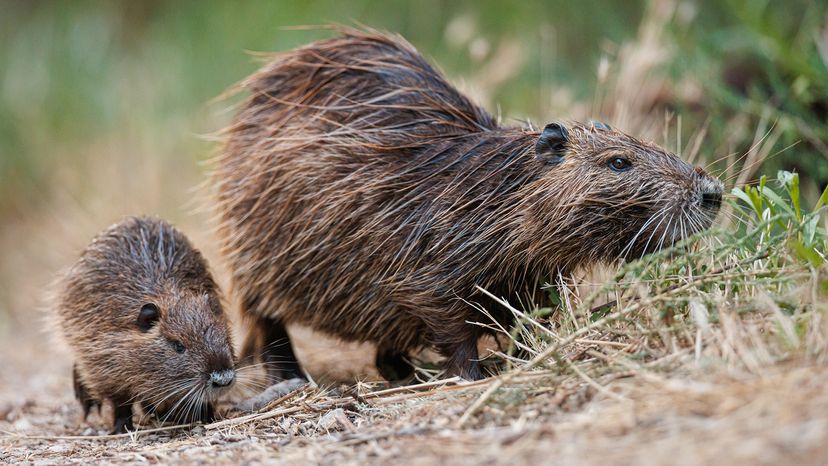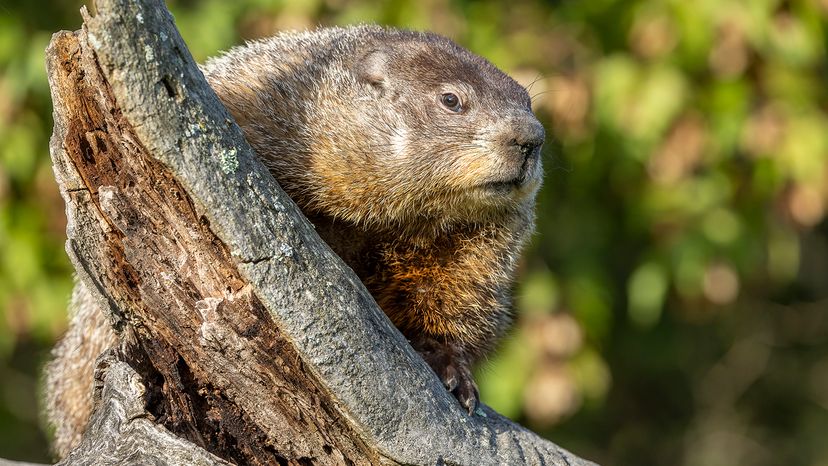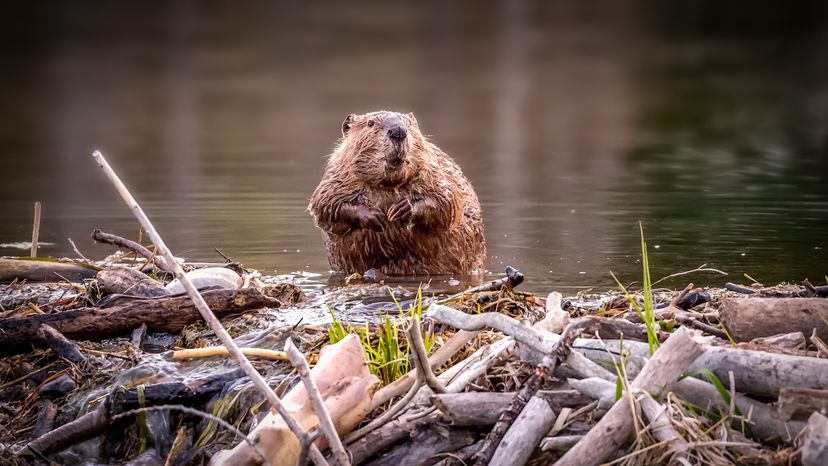
At first glance, woodchucks and beavers might seem like not-so-distant cousins; both are stocky, brown, large rodents.
But when you dig into the details of woodchuck vs. beaver characteristics, the key differences become clear.
Advertisement

At first glance, woodchucks and beavers might seem like not-so-distant cousins; both are stocky, brown, large rodents.
But when you dig into the details of woodchuck vs. beaver characteristics, the key differences become clear.
Advertisement
Woodchucks, also called groundhogs, belong to the squirrel family and are often confused with beavers because of their similar shape and size.
However, woodchucks are land mammals with bushy tails, while beavers are semiaquatic rodents with flat tails and webbed feet. Beavers have sleek fur, typically dark brown, suited for swimming, while woodchucks have coarser fur and prefer dry land.
Advertisement
Beavers (Castor canadensis) are known for their large size, weighing up to 66 pounds (30 kilograms), while woodchucks (Marmota monax) usually weigh less. Despite both being rodents, they are different species with distinct anatomical features like larger claws on beavers for digging and wood handling.
Beavers live in rivers, streams, ponds, lakes and wetlands. They build lodges and dams out of mud, trees and branches to manage water levels and create habitat for other animals like birds, otters, and frogs. Their scent glands help them mark territory.

Woodchucks live in burrows they dig into the ground, often near trees, fields or river banks. You may spot a woodchuck near your yard, munching on garden plants or clover. They dig extensive tunnel systems, which can become homes for other animals like skunks or snakes.
Advertisement
Both are herbivores but differ in preferences. Beavers eat aquatic plants, tree bark and wood. They use their large front teeth to chew through trees. Woodchucks prefer berries, grasses, and leafy garden plants.
While beavers swim and spend much of their lives in water, woodchucks avoid water, though they can swim if needed.
Advertisement
Beavers mate for life and often live in family groups. A single beaver can significantly alter an ecosystem. Woodchucks are more solitary, coming together mainly to mate. Their burrowing can damage lawns, making them common garden pests.

You can distinguish these animals by the signs they leave. Beavers leave behind dams, gnawed trees, and pathways in the mud leading from water. Woodchucks leave open burrow holes surrounded by mounds of dirt and often damage yard plants.
While beavers play a critical role in flood control and wetland health, woodchucks mainly affect lawns and garden beds. Traps may be required for persistent woodchuck issues in residential areas.
Advertisement
Many people mistakenly refer to woodchucks as land beavers, but that’s misleading.
Despite some similarities in their stocky bodies and diet, their habits are quite different. Beavers are semi-aquatic animals built for swimming and engineering. Woodchucks are terrestrial mammals that dig burrows and avoid water.
Advertisement
Understanding these differences helps prevent misidentification and ensures appropriate coexistence. Knowing whether you’re seeing a woodchuck or a beaver can help protect your property — and better appreciate these fascinating mammals in the wild.
We created this article in conjunction with AI technology, then made sure it was fact-checked and edited by a HowStuffWorks editor.
Advertisement
Please copy/paste the following text to properly cite this HowStuffWorks.com article:
Advertisement